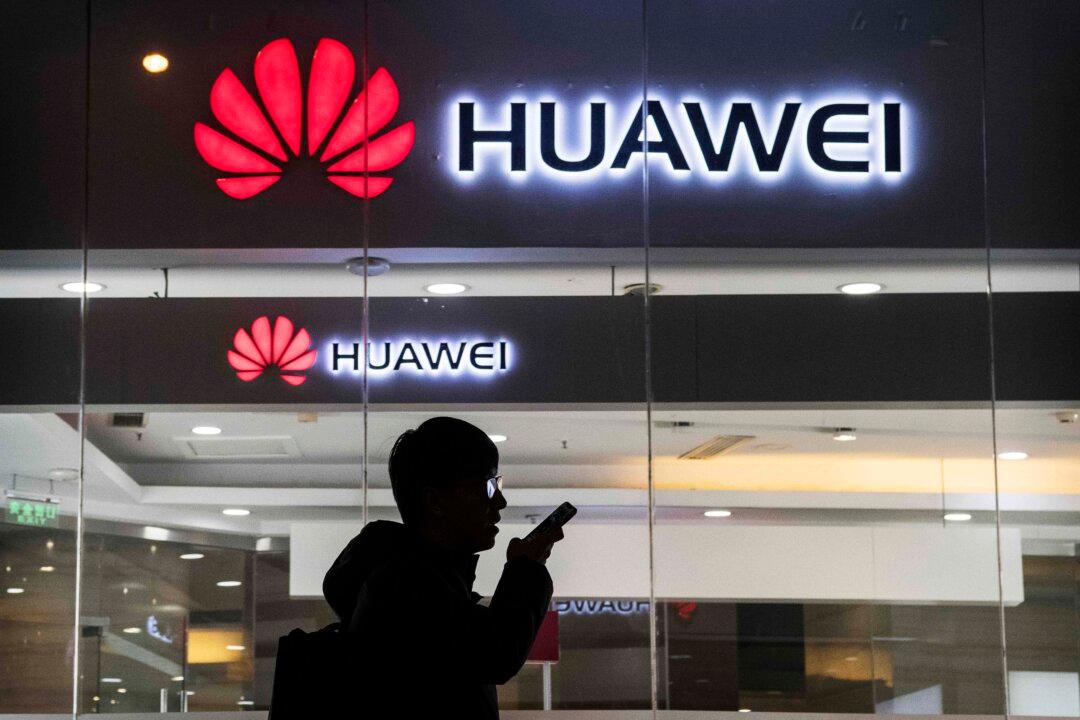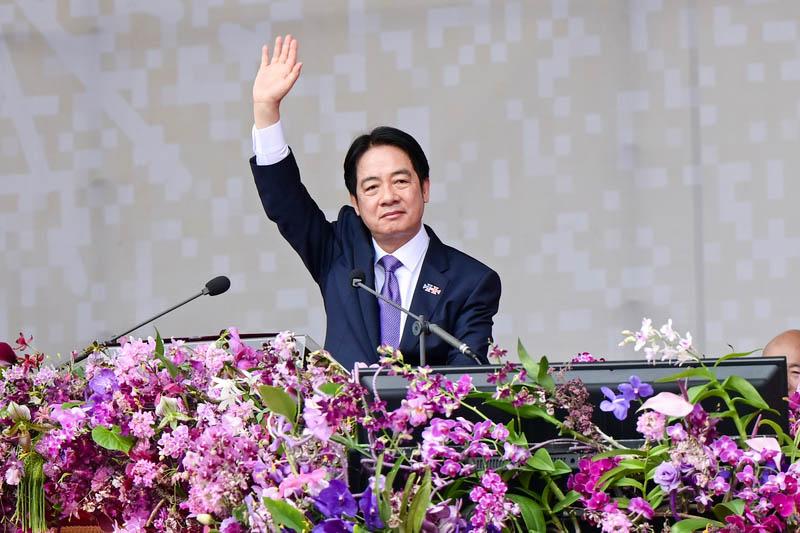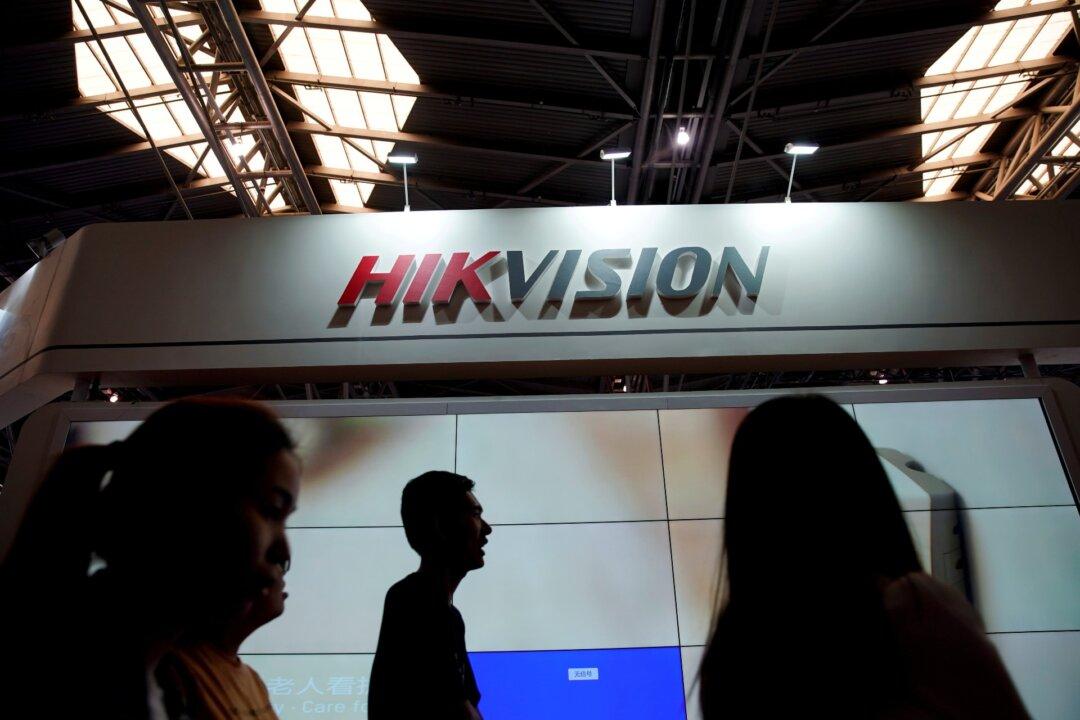The bipartisan leaders of a House committee are asking the Biden administration to take urgent measures to prevent U.S.-sanctioned Chinese telecom giant Huawei from obtaining U.S. chipmaking equipment through its “clandestine network of semiconductor companies.”
Chairman John Moolenaar (R-Mich.) and ranking Democratic member Raja Krishnamoorthi (D-III.) of the House Select Committee on the Chinese Communist Party sent a letter to Commerce Secretary Gina Raimondo on Oct. 16, informing her that Huawei’s semiconductor ambitions “clearly threaten” U.S. national security.





